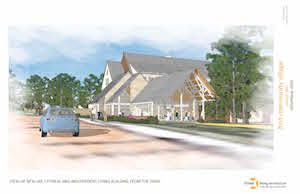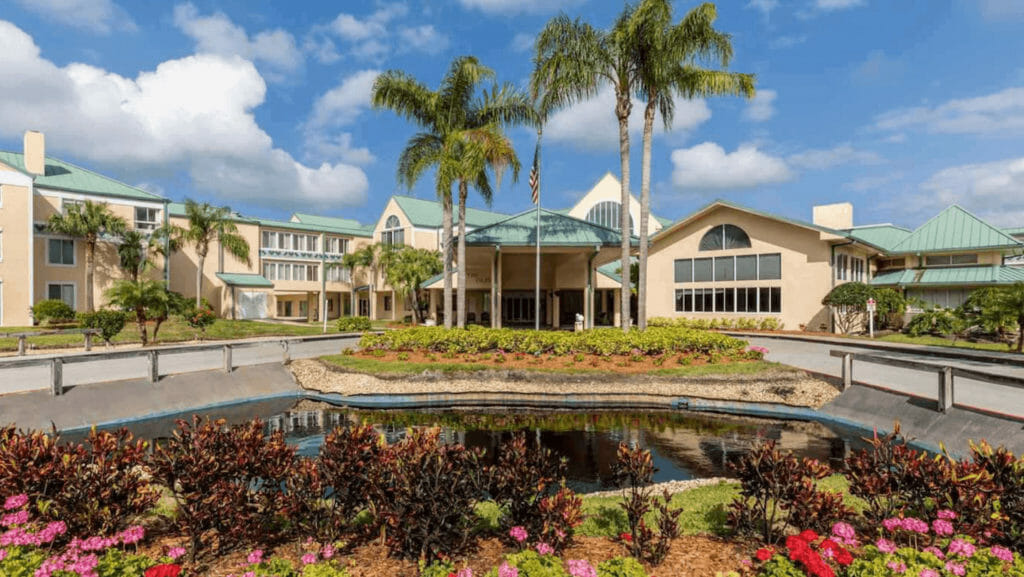
As changing consumer preferences and payment models lead some developers and operators of nonprofit and for-profit senior living communities to reduce the number of skilled nursing beds in their offerings, they are looking for ways to repurpose and update space and build new communities to cater to a different type of resident. Baby boomer preferences are influencing their design decisions, according to three: living architecture.
“In the last year, we’ve seen many older communities moving away from what worked for the Silent Generation and beefing up their offerings for the boomers,” said Rockland “Rocky” Berg, principal and director of business development at the Dallas-based firm. Baby boomers are affecting developers and operators building new communities, too — they are moving away from rural areas and buying land in or near more affluent areas of cities to appeal to more upscale customers, he added.
Regardless of location, communities must be designed or redesigned with the evolving model of senior living in mind, Berg said. Although resident amenities such as pools, fitness gyms and spas/salons are not new, locating them closer to a community’s entrance, where they are more visible to the outside world, can draw nonresidents to the community for tours or to use the facilities for therapy or leisure, he said.
The design of multipurpose space also is important, Berg said, because well-designed areas can host a variety of functions and activities for residents as well as neighborhood organizations, drawing prospective residents and encouraging multigenerational interaction.
 Other common areas are changing, too, said Berg (pictured). “Many clients have an increased appetite for pre-dinner bar experiences with entertainment pieces you would find in a smart bar,” he said. “They also want sweeping terraces and outdoor porches for entertaining. The communities are typically open, with each space spilling into the next, an experience at every turn.”
Other common areas are changing, too, said Berg (pictured). “Many clients have an increased appetite for pre-dinner bar experiences with entertainment pieces you would find in a smart bar,” he said. “They also want sweeping terraces and outdoor porches for entertaining. The communities are typically open, with each space spilling into the next, an experience at every turn.”
Baby boomers want their residences to be roomy as well, Berg said. “We are seeing requests for larger floorplans with walk-in closets, dens and spacious bathrooms,” he said. “Baby boomers do not want to live-in studios. They want a home that inspires them, one with natural sunlight spilling in, and nine to 10 windows so they don’t feel cramped.”
Developers and operators are homing in on women’s preferences, Berg said. “Sorry, gentleman.”
New residences have a more contemporary and luxurious feel, he said, and include built-in features where artwork or curios can be displayed.
“It’s an exciting time to be in senior living,” Berg said. “Companies are willing to pay more for higher-quality amenities and design, knowing they have to attract a more discerning clientele with higher aesthetic needs and lifestyle demands. The trend now is to raise the budget to accommodate the needs of the boomer generations, to not cut corners, but rather to go all out.”



